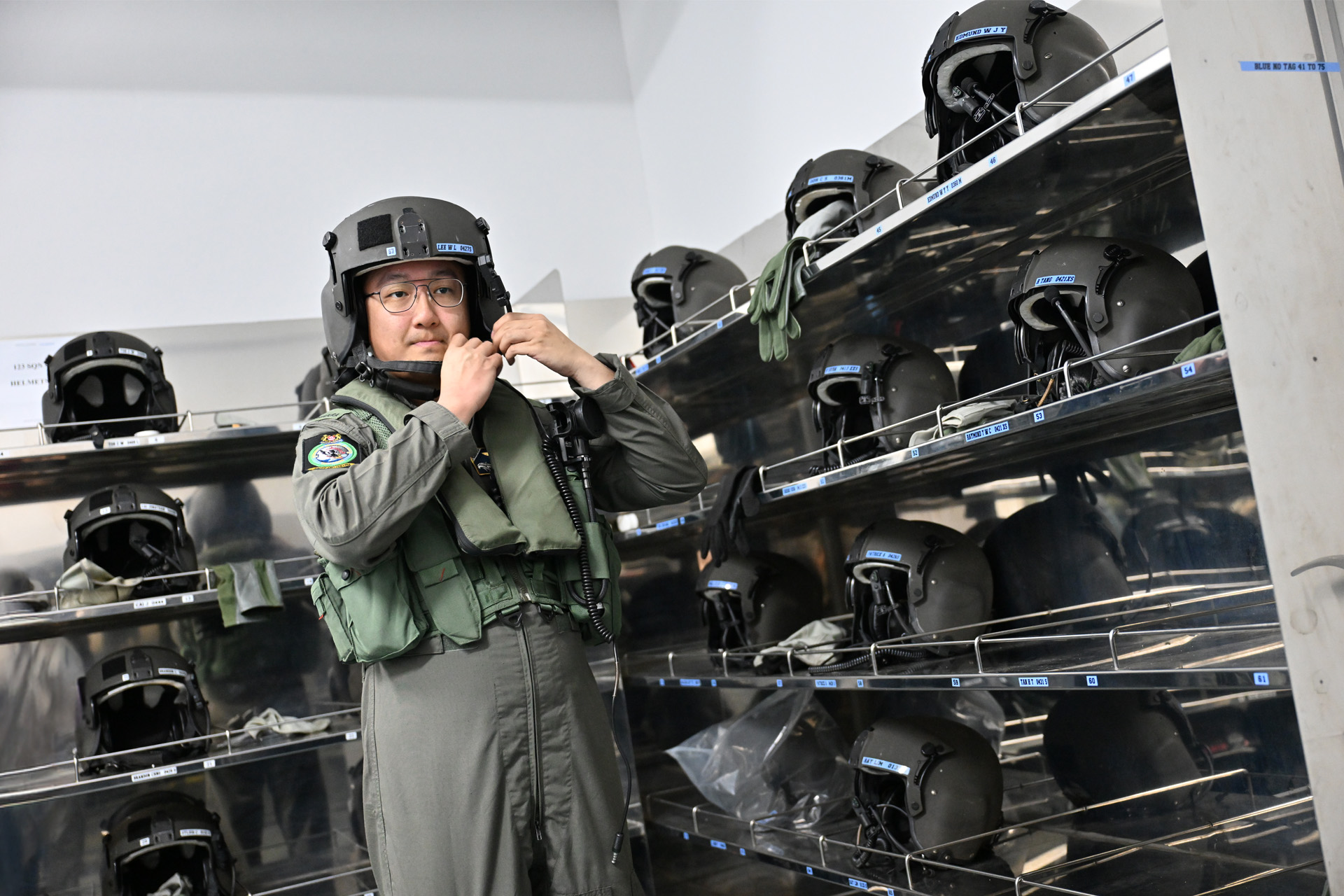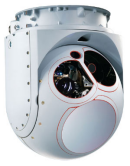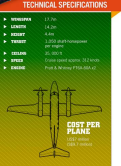TECHNOLOGY
VIDEO CAMERA OF THE SKIES
18 Dec 2009

The MC- 12W's MX- 15D camera can operate in day or night and is capable of high magnification and thermal imaging.
The United States Air Force's (USAF's) latest intelligence, surveillance and reconnaissance (ISR) aircraft boasts the usual stealth attributes and the ability to capture full-motion video.
In any operation, especially in a military setting, nothing beats seeing things for yourself. And that is exactly what the MC-12W Liberty offers commanders of the USAF.
Through a state-of-the-art sensor package which includes the L-3 Wescam MX-15D electro-optical and infrared multi-sensor system, this medium-range, twin-turboprop aircraft can provide full-motion, full-colour video, be it day or night.
Headed by US defence contractor L-3 Communications, the team in charge of developing the MC-12W used the USAF's existing fleet of unmanned C-12 Huron aircraft as a starting point.
The project bucked the trend of defence acquisitions as it was not a multi-billion-dollar deal. Neither did it take years to complete.
Said L-3 Strategic Development Special Programmes director Lionel Smith in a report on defensetech.org: "It costs about US$7 million (S$9.7 million) per plane from Hawker Beechcraft Corporation, and about US$10 million in modifications. From contract to combat was about eight months."
Urgent requirement
The MC-12W programme was started in April 2008 because of the US Central Command's need to provide persistent ISR information to joint force commanders in Afghanistan and Iraq. Medium-altitude ISR is a core mission for the USAF and the MC-12W capability supports all aspects of irregular warfare missions such as counter-insurgency and foreign internal defence.
"This fight demands decisive information, surgical ISR, tailored to the level of the fight," said Brigadier-General Blair Hansen, the A2 director of ISR capabilities, in a report on the USAF website. "This capability will give field commanders more important and timely knowledge to make critical decisions. To be effective in counter-insurgency requires micro information fast, to both kill or capture terrorists as well as to protect our joint and coalition force and the civilian population."
The first seven MC-12Ws made for the USAF were delivered on 22 Jul. Another 30 are still outstanding and additional orders have already been made, said L-3.
Complete package
The MC-12W goes beyond the standard ISR aircraft, offering a complete collection, processing, analysis and dissemination system.
Besides having the usual gamut of detection and communications equipment, these lightweight, medium-altitude planes are designed for tactical intelligence collection and weapons targeting.
This means it can process and disseminate target locations to ground and forward forces via its systems which include the AAI One System Remote Video Terminal and the General Atomics Aeronautical Systems/L-3's Remote Operated Video Enhanced Receiver.
Arguably the most important piece of equipment on the MC-12W is the Wescam MX-15D, which is responsible for the full-motion video feed. The video camera can operate both in the day and at night, and it packs colour zoom lenses, high magnification and thermal imaging.
The system also boasts a laser rangefinder, laser target designator and laser illuminator, and includes a digital recorder that allows operators to replay scenes before and after attacks.
The MC-12W's ability to provide real-time full-motion video and signals intelligence allows commanders to make better battlefield decisions as it will be as if they were watching the battle unfold for themselves.
The team of four operators the pilot, co-pilot, signals intelligence systems operator and electro-optical systems operator is supplemented by ground-based crew who also analyse the data collected at a ground control centre.
Eye in the sky
Powered by two Pratt & Whitney PT6A-60A engines, the MC-12W has a range of 1,500 nautical miles (2,780km) and the extended version has a range of 2,400 nautical miles.
With the extended range version of the King Air 350 plane as the base, the MC12-W offers two additional hours of flight time to its original six hours. At gross weight with full fuel and payload, this plane can fly 100 nautical miles, perform a low altitude surveillance mission for seven hours and 20 minutes, fly back 100 nautical miles, and still land with over 45 minutes of fuel left. No other aircraft in its class comes close.
The MC-12W fleet is expected to become operational by the end of this year and it will join a growing fleet of manned turboprops flown in Afghanistan and Iraq, such as the Constant Hawk and the Angel Fire.
ALSO READ IN TECHNOLOGY

AI joins the fight in national cyber defence exercise
12 Nov 2025
AI and closer collaboration among agencies and industry are taking centre stage in this year’s Critical Infrastructure Defence Exercise (CIDeX).

They built this city
01 Oct 2025
Turning vision to reality: the team behind SAFTI City clinches the Defence Technology Prize 2025 Team (Engineering) Award!

Operating over skies & seas
22 Aug 2025
This gear is designed to help a Sensor Supervisor survive emergencies in the air and at sea.





